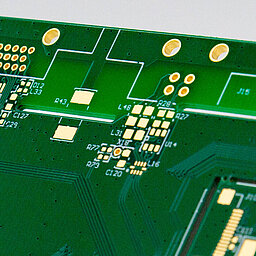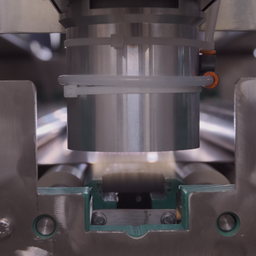Plasma Treatment for Printed Circuit Board Manufacturing
Various electronic components are integrated into modern electronic devices, serving essential functions such as signal transmission, power delivery, and energy storage. These components are typically mounted on package substrates or printed circuit boards (PCBs), which are constructed by laminating multiple layers of conductive and insulating materials. This multilayer structure enables high-density integration, electrical reliability, and compact design—all of which are crucial for today’s advanced electronics.

Abrasive Plasma—Alternative Procedure to Clean Drilled Holes (Desmearing) in Printed Circuit Boards
Drilled hole cleaning is an important step in printed circuit board processing prior to through-hole plating. Until now, this step was performed mainly in elaborate chemical or low-pressure plasma procedures that required interrupting the manufacturing process with separate chamber systems. In contrast, desmearing using the inline Openair-Plasma® process is done in atmospheric conditions, which simplifies and accelerates the relevant process and reduces costs as well.
Especially in conjunction with the use of industrial gases, the Openair-Plasma® process can form a strongly abrasive plasma that provides outstanding selectivity and high removal rates. The first installations of this new plasma technology are now in the preparatory stages.
Strong Adhesion of Multiple Layers using Openair-Plasma® Activation
One of the common process steps in making the PCB is the lamination of the dry film to the copper substrate. Typically the copper is going through a number of vertical chemical process steps to prepare it for the lamination process. These lines can take up to several meters. This process can now be easily replaced by a horizontal plasma treatment of the copper substrates. It eleiminates these long chemical baths and can do the same at a much shorter workspace.

ADVANTAGES &
PROPERTIES
of Openair-Plasma® treatment for printed circuit boards
- Makes new, more efficient process architectures feasible
- Eliminates whole production lines in the manufacturing process
- Faster and much more environmental friendly process for similar results

